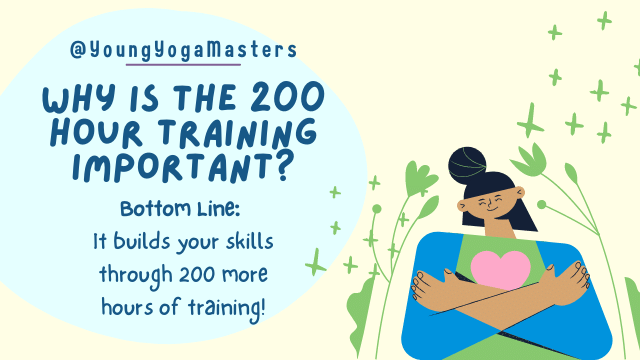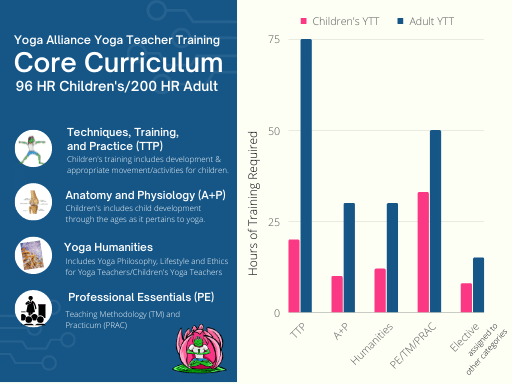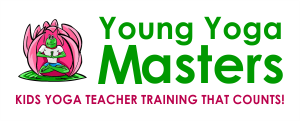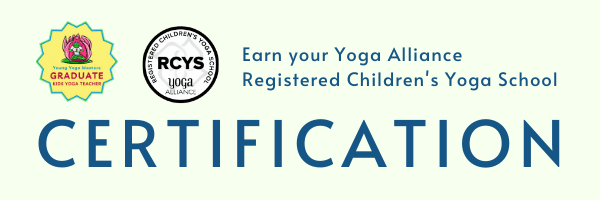I feel a little embarrassed that when I first started teaching yoga, I had trouble with pacing.
I would run out of time and cut the savasana to 2 minutes. Then overcompensate the next class and run out of poses and give a 15-minute relaxation!
It took me a couple of years to get really good at pacing. There were fewer standards when I took my first teacher training in 1998 and I did not learn about pacing.
When I look back on it, my lack of training also made it difficult for my students. They didn’t know what to expect. To create a professional class, you want students to feel safe, and one way they feel safe is with predictability.
Rounding Out Your Training
Pacing falls under “Teaching Methodology” in the Professional Essentials category in a 200-Hour Teacher Training. In a Yoga Alliance Registered Training, at least 50 of the 200 Hours go in the Professional Essentials category.
This includes pacing, sequencing, cueing, and other important “Teaching Methodology” competencies.
While Teaching Methodology is covered in the children’s yoga for 33 hours, you will cover an additional 50 hours in this topic in the adult yoga teacher training. It is thorough.
In this video, Claire and I talk about the Ambassador Yoga Training and the Teaching Methodology competencies.
We talk about what it is, why it’s important, and one of the fun activities we use to make the training experiential and not lecturing.
Check out what it’s all about here:
Take Your Teaching to The Next Level
In the September 2022 Monthly Mini-Training we’re going to look at the different levels of certification for children’s yoga teachers and what each one means.


Every profession requires professional development and most yoga teachers, whether children or adults, take training to maintain their skills and their motivation for teaching.
Come check it out on September 20, 2022, at noon to 1 pm EST, where we will talk about the training you need to be a Kids Yoga Teacher.
Click the button below to register.

